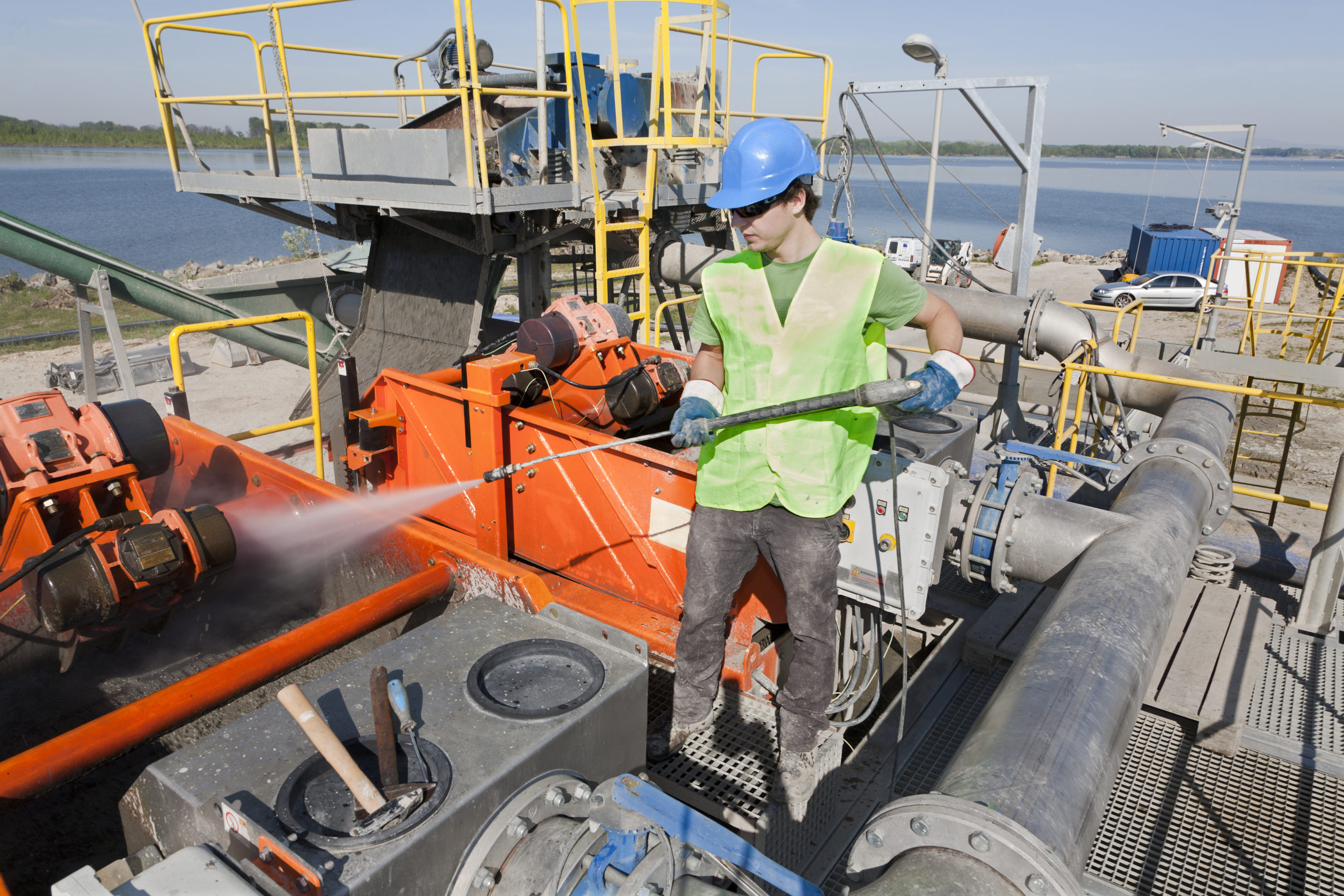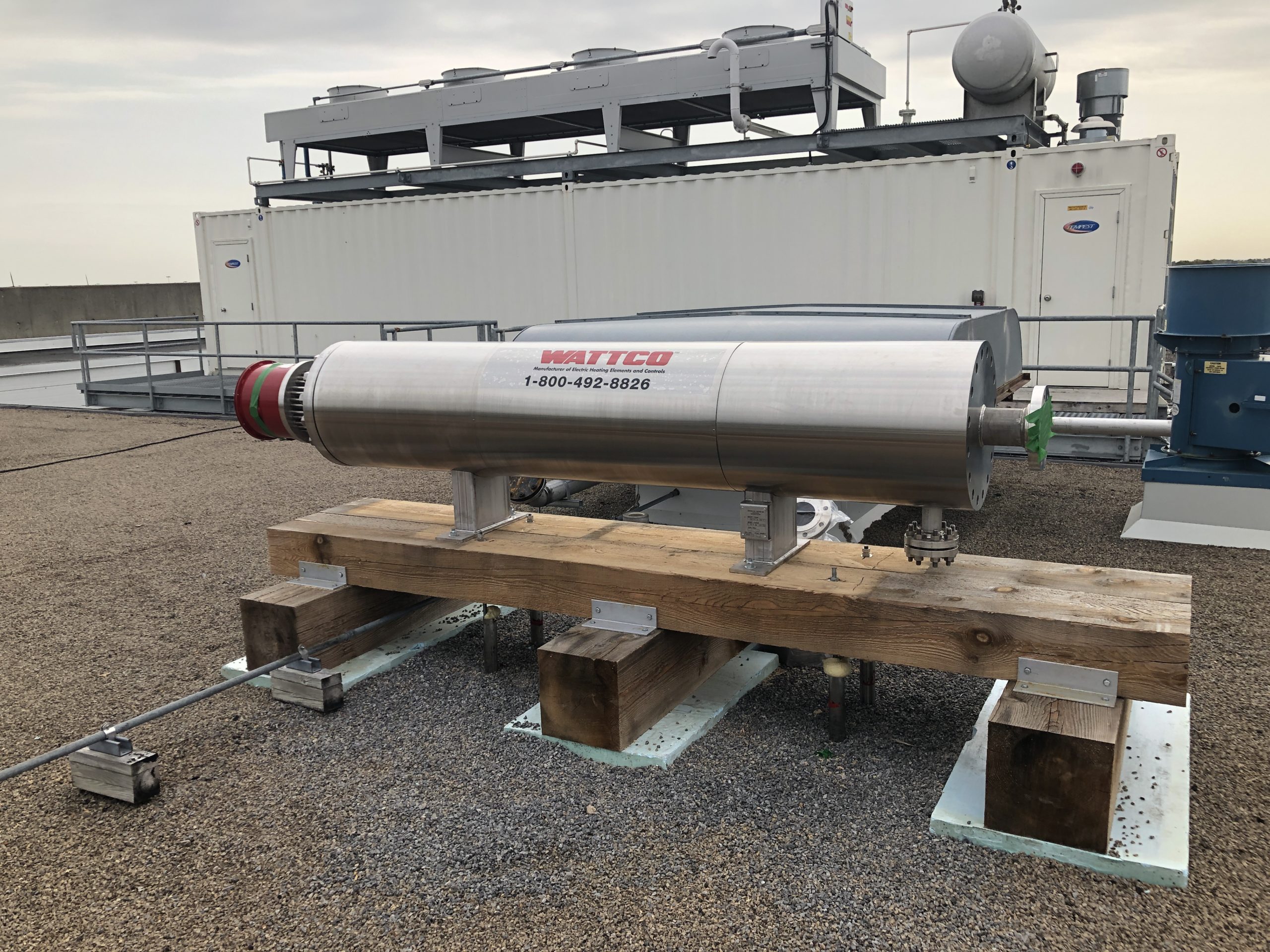Industrial Cleaning and Oil Flushing: Who Needs It?
Last updated on November 3rd, 2023 at 07:13 pm
 Oil flushing has become one of the leading techniques for pipe cleaning in hydraulic and lubrication systems. The use of immersion heaters, also known as industrial circulation heaters, to help flush out oils, chemical solutions, excess water, sand, dirt, and a myriad of other contaminants from pipes is growing more and more popular. But how is the oil flushing process accomplished? Which industries benefit from its practice? To understand where and how oil flushing techniques are used, one must first understand not only what oil flushing is, but how it works.
Oil flushing has become one of the leading techniques for pipe cleaning in hydraulic and lubrication systems. The use of immersion heaters, also known as industrial circulation heaters, to help flush out oils, chemical solutions, excess water, sand, dirt, and a myriad of other contaminants from pipes is growing more and more popular. But how is the oil flushing process accomplished? Which industries benefit from its practice? To understand where and how oil flushing techniques are used, one must first understand not only what oil flushing is, but how it works.
What is Oil Flushing?
Oil flushing, in the simplest of terms, is the process by which many industries flush out various contaminants such as oil, film residue, sand, dirt, and other debris from lubrication and hydraulic piping systems. Immersion heaters heat the liquid used to flush the contents from the pipes and machinery. Next, the liquid is flushed through the pipes at a very high velocity, using both heat and force to dislodge and remove the debris.
How do Circulation Heaters Play In?
 In order to adequately heat the liquid, industrial circulation heaters are placed into the liquid. The metal heats the liquid directly, making immersion heaters one of the most efficient sources of liquid heaters available. There are different types of circulation heaters, depending on the equipment and space an industry has to work with. Over-the-side heaters are exactly that: they are lowered into the equipment from the side. Flanged heaters and screw plug heaters are smaller, and generally are welded or fixed to the side of the equipment.
In order to adequately heat the liquid, industrial circulation heaters are placed into the liquid. The metal heats the liquid directly, making immersion heaters one of the most efficient sources of liquid heaters available. There are different types of circulation heaters, depending on the equipment and space an industry has to work with. Over-the-side heaters are exactly that: they are lowered into the equipment from the side. Flanged heaters and screw plug heaters are smaller, and generally are welded or fixed to the side of the equipment.
How is Oil Flushing Beneficial?
Over time, all machinery, whether used in hydraulic or lubrication systems or not, will suffer a particular amount of wear and tear. When the oil flushing process takes place, as stated above, heat and force work the contaminates from grooves, piles, and gears to free the machinery from substances that can wear away the metal over time. In so doing, oil flushing keeps machinery and pipe systems cleaner, which, in turn, facilitates a longer life for equipment. The longer equipment lasts, the lower the cost each industry must work into the budget for repair, maintenance, and replacement.
Which Industries Benefit from Oil Flushing?
Oil flushing is most beneficial to industries who utilize hydraulic or lubrication systems. Such systems facilitate very heavy work loads, such as lifting large amounts of weight, shaft turning, and precision drilling. Many mill-type industries, such as integrated steel mills and paper mills, make use of these techniques to keep their machinery and equipment running smoothly and in good working condition. Industries that generate or manufacture items or products make up a great deal of the demand for industrial circulation heaters.
In addition, research and development facilities, fluid heating, laboratory and medical facilities, wind generation, and engine testing are other industries that can benefit from the use of circulation heaters and oil flushing techniques and processes. Whether for a mill or a research lab, immersion heaters are useful in a wide array of settings. Hydraulic and lubrication systems are in need of care, no matter the location or the purpose of the system. Oil flushing is an excellent way to maintain the integrity of the piping and keep the machinery clean and in good, working condition.
